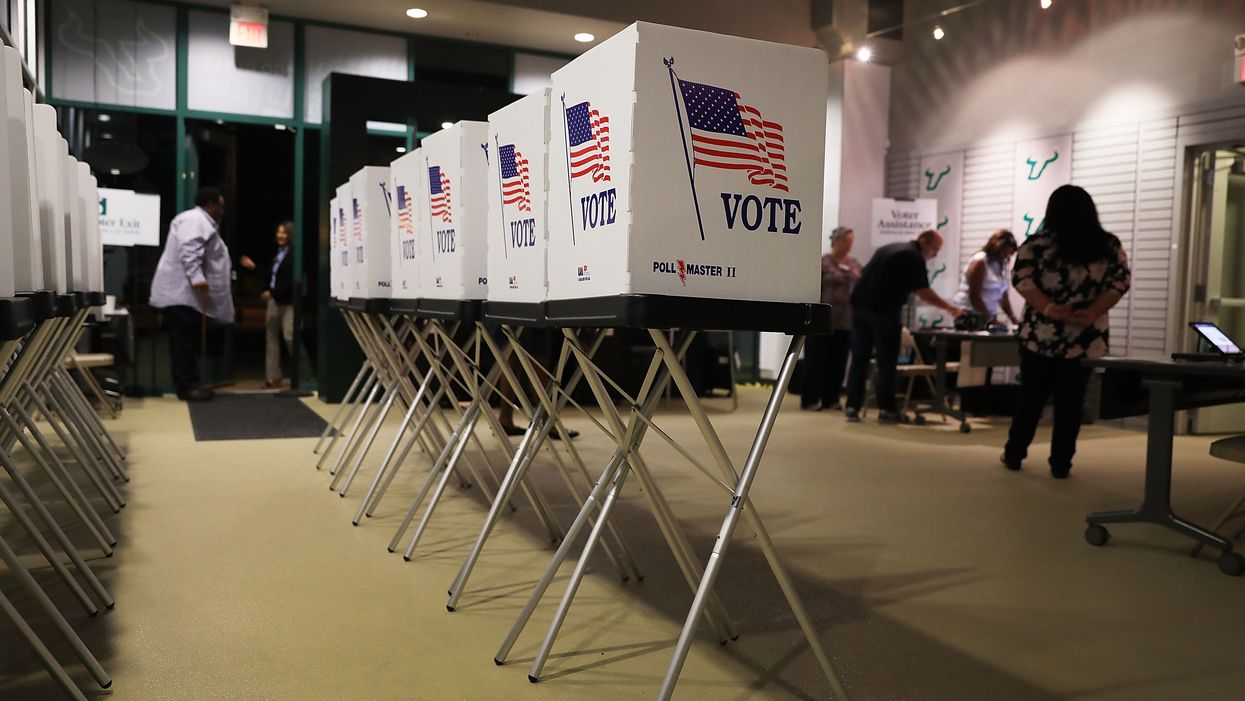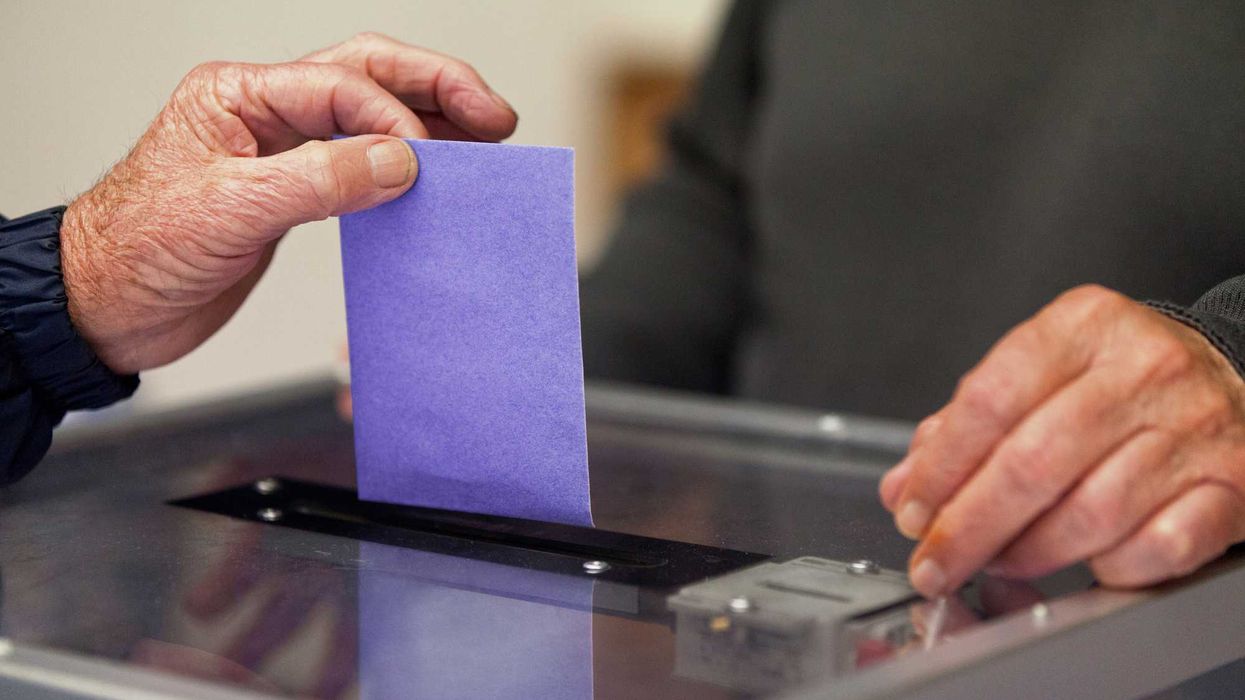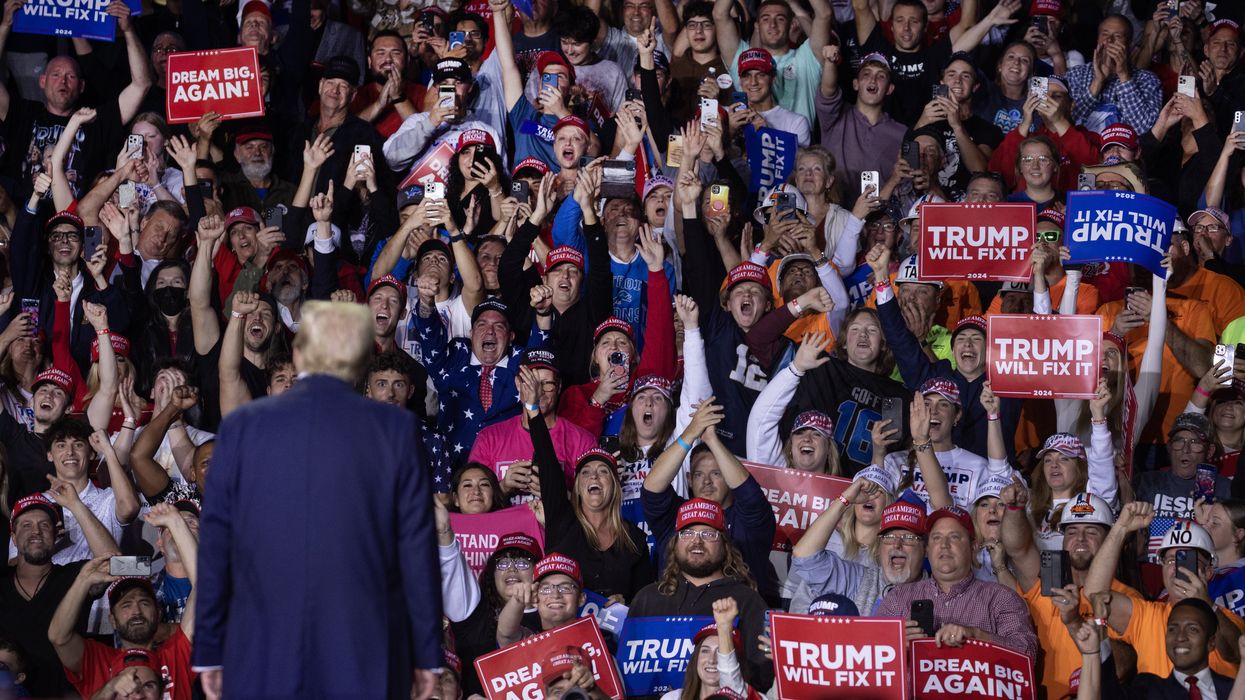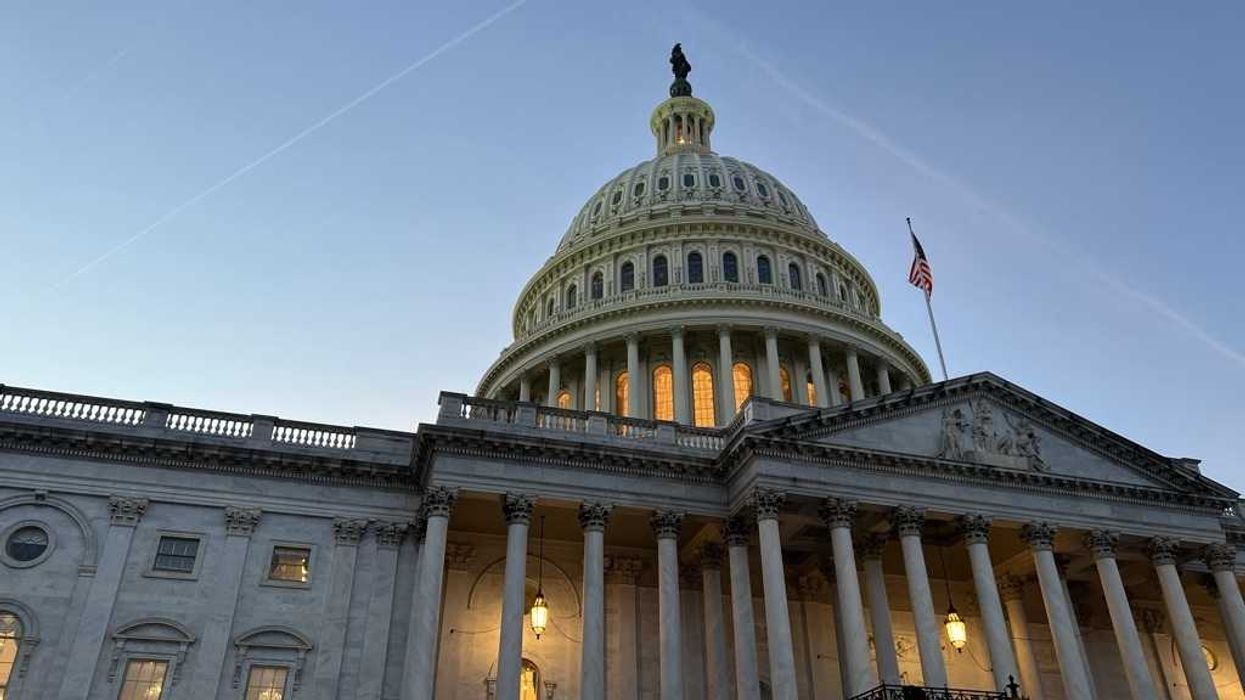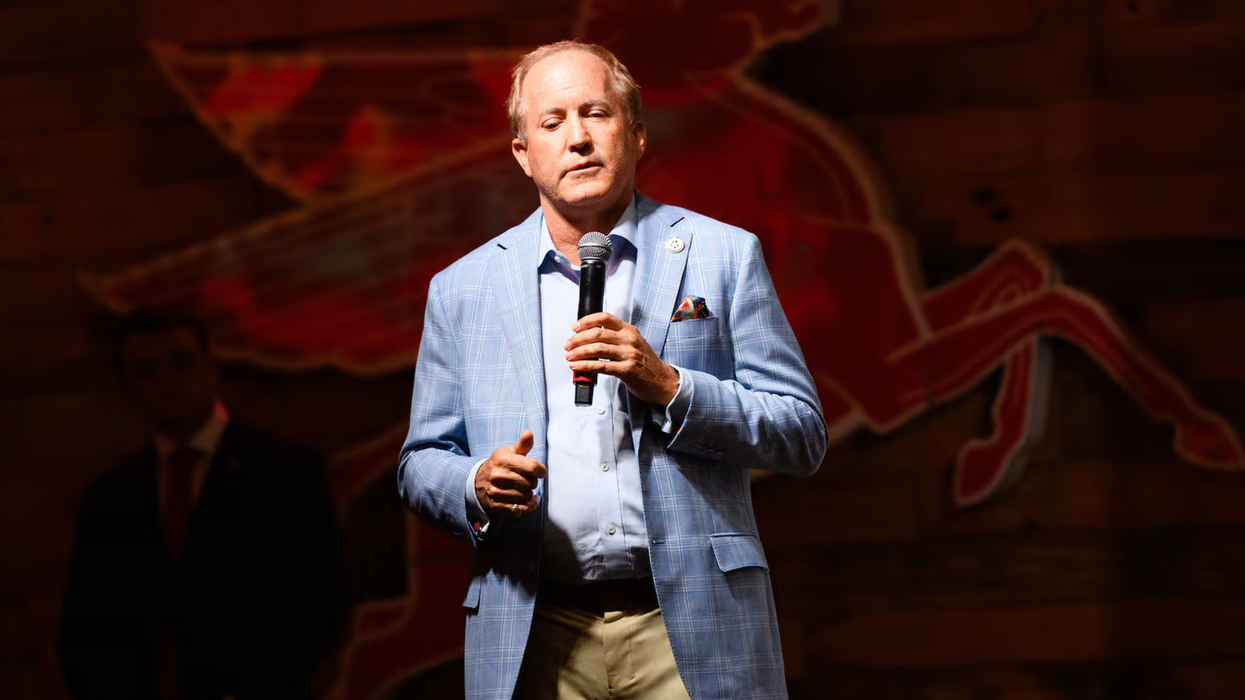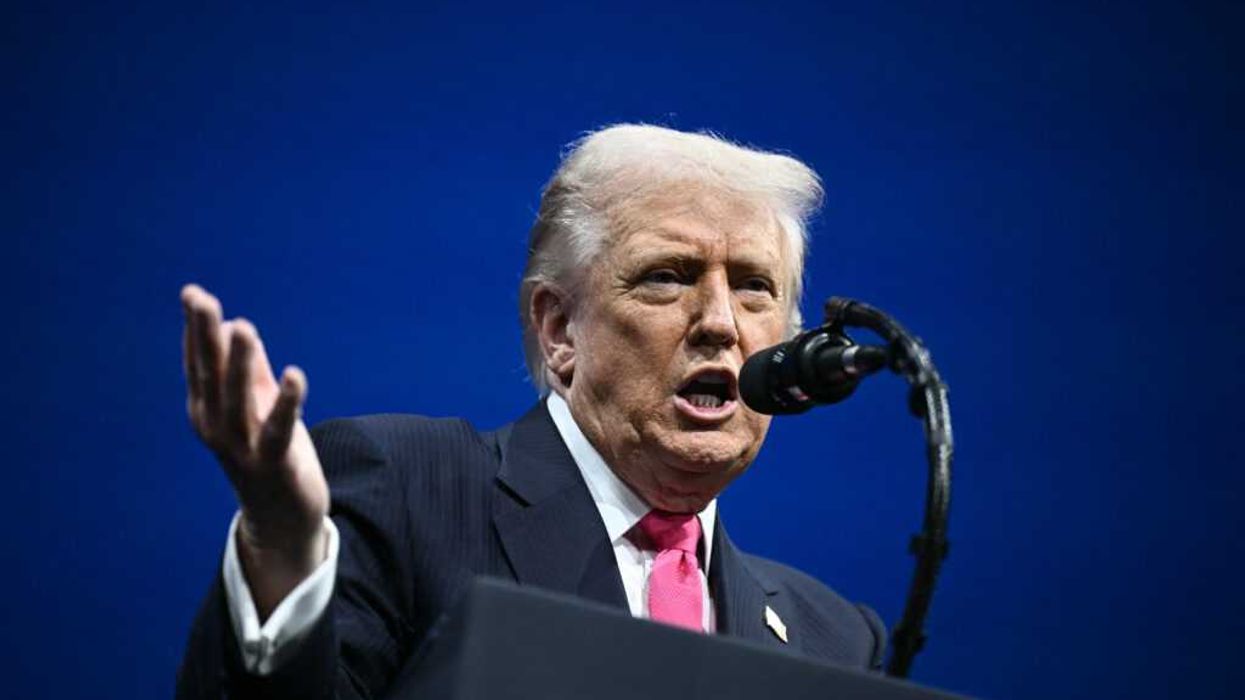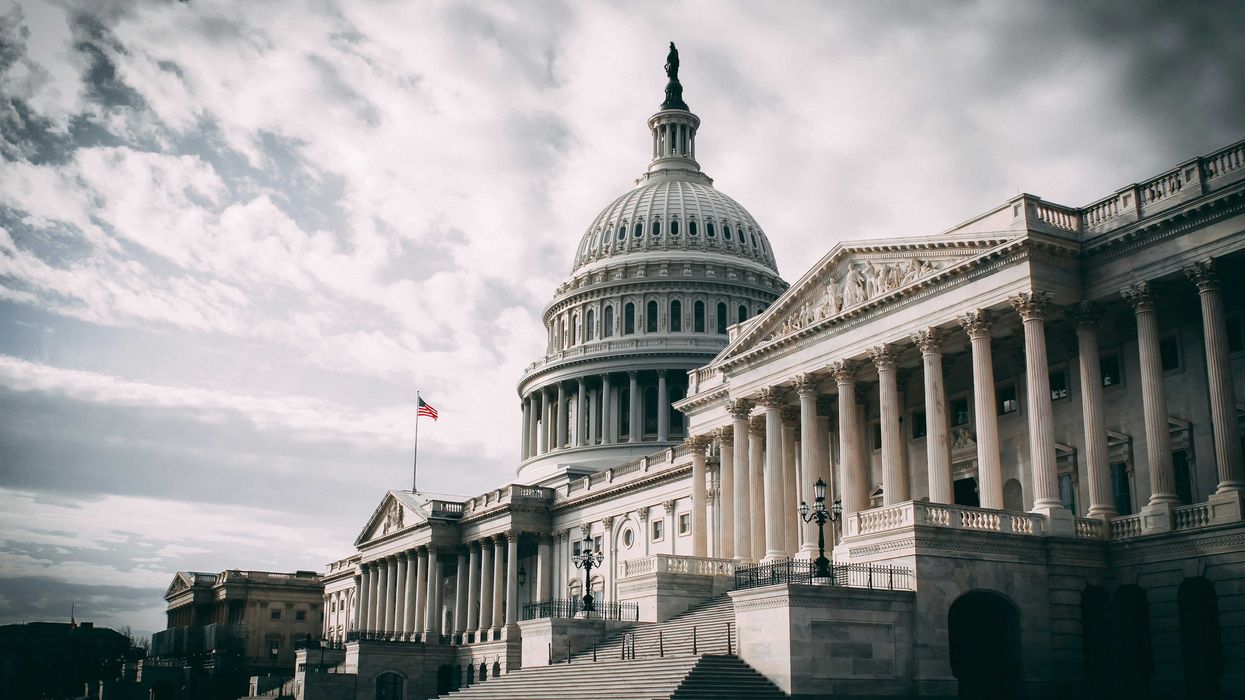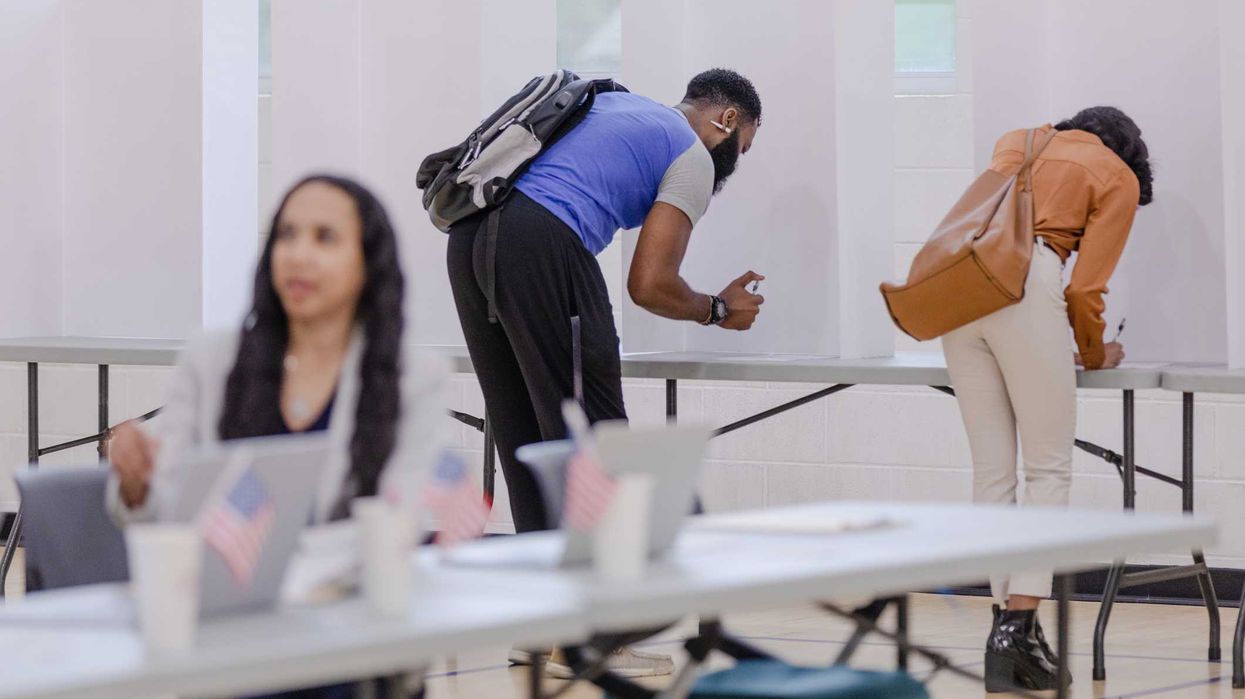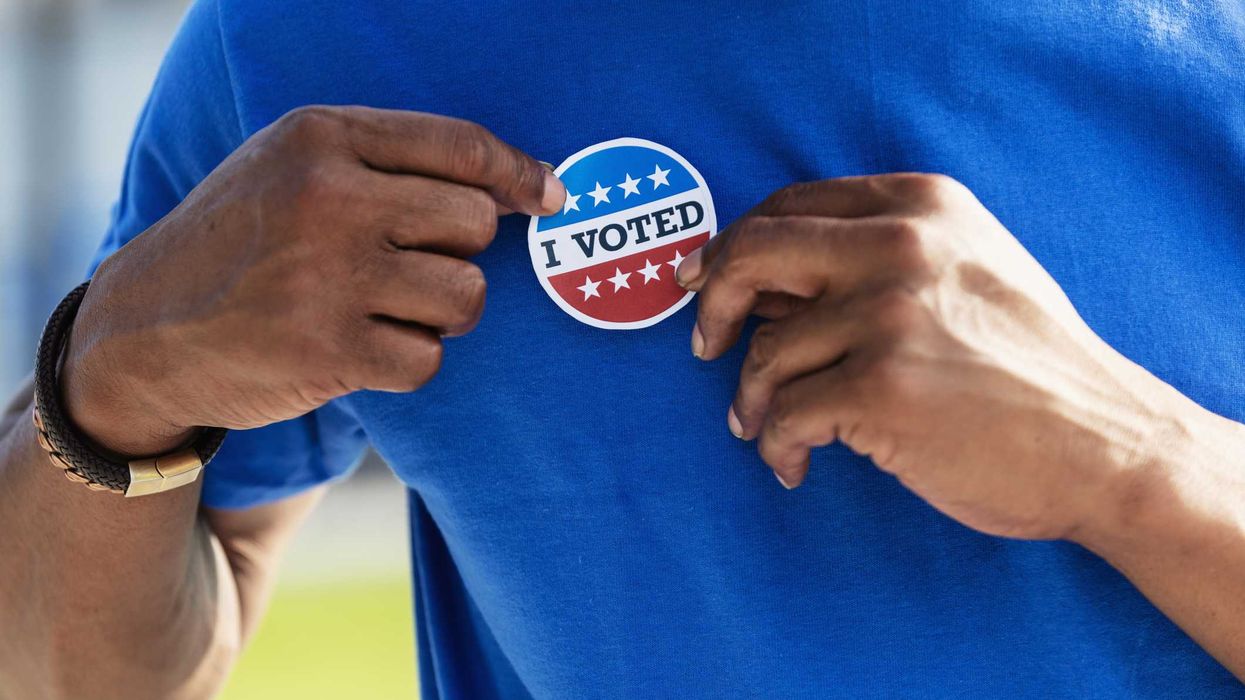Solomon is a chiropractor, a former Miami-Dade Democratic Party organizer and an unsuccessful state legislative candidate in 2018.
I recently joined the 30 percent of Florida voters who declare themselves independents. I did it for the same reasons as most ex-partisan voters: I had reached my limit. I was sick and tired of inter-party political hypocrisy and deceptive leadership. Unlike many independents, though, I witnessed the partisan rot from the inside. For over a decade, I was a Democratic Party activist.
Last year, I was the party's nominee for an open seat in the Florida Legislature in a historically Republican district. My party wrote my race off and didn't invest a dime in my election. No Democrat had come close to winning the seat in a generation. I lost by just 290 votes, less than half of 1 percent of the total votes cast.
I challenged the political "wisdom" of my party by focusing my outreach on homes with an independent non-party voter. Open primaries were at the top of my platform. I saw them as a way of being more inclusive and reducing the horrific partisan divide in our state.
I knocked on thousands of doors and spoke to thousands of Floridians. Independents expressed to me, with both skepticism and hope, their feelings about partisan politics and voting rights. They repeatedly said the status quo was destroying the America they knew and loved. My experience easily validated a poll of Florida voters where over 90 percent (regardless of party) said they wanted to vote for their favorite candidates — not their favorite party. They didn't believe either party had a patent on wisdom.
That's why independents are the fastest growing group of voters in Florida. People are exiting political parties faster than they can be signed up. Today, 37 percent are registered Democrats, down from 54 percent in 1990. Republican voter registration has also slid to 35 percent, from 41 percent two decades ago. More and more voters don't party identify and they refuse to be labeled as something they scorn.
There are now 3.7 million independent voters in the state. Younger people, including young voters of color, have the highest rates of political independence — 50 percent identify as independents. Their turnout has nearly doubled since 2014 and for the first time they cast more votes than baby boomers in the 2018 midterms. They're registered, they're ready to vote but they don't want to join a party. We are witnessing a historic shift in voter affiliation in Florida and across the country.
Yet they are shut out of voting in taxpayer-funded, closed party primaries. It's the largest act of voter disenfranchisement in our state.
That matters more and more, because less than 10 percent of voters are deciding who represents their legislative district in Florida. Virtually all candidates run with party labels that define their behavior after they win. With closed primaries that means our leaders are forced to play to narrow party bases — the liberal and conservative fringes — that actually represent the few.
As a result, voters are now asking the secretary of state to make the parties pay for the primaries if they want to control who gets to participate. If the elections are private, then they should be privately funded. You can join the chorus demanding action on our website.
Independents are the deciding factor in every Florida election, but since neither party reaches out until just before the vote, they swing back and forth between the two. So, the opportunities to build bridges are endless.
This winter I worked with fellow Miami-Dade Democratic executive committee members and won 80 percent support for opening the party primary to non-party voters. Several other important groups on the state party backed us. A poll found the vast majority of Florida Democrats (as well as Republicans and independents) support open primaries.
That's when state Democratic Party Chairwoman Terrie Rizzo intervened and got our proposal quietly disposed of at our party convention a few weeks later. There was no debate and no transparency, despite the fact that a clear majority of the party supported it. That's when I decided to leave the Democratic Party and register as an independent.
There's a growing divide between the leadership of both parties and the majority of voters. Voters in our state are demanding a greater ownership stake in our politics and that starts with our elections. Witness the overwhelming support from across the political spectrum for the successful effort to enfranchise former felons. And yet, the leader of that movement, Desmond Meade, still can't vote in Florida's primary. He's an independent.
The Florida Democratic and Republican parties agree on very little, but they are united and organized on one issue — declaring war on independents. Both parties have filed legal briefs against the All Voters Vote campaign for a top-two nonpartisan open primary ballot initiative. All Voters Vote would let every registered voter in every state primary vote for any candidate they wish — with the top two moving on to the general election. As All Voters Vote campaign Chairman Glenn Burhan's explained, "Where taxpayer monies are involved, all registered voters should be allowed to cast a ballot in elections that matter."
Isn't that the very definition of democracy? Of voting rights? Both parties in Florida are claiming more democracy takes away choice. Which begs the inevitable question: Whose choice are they talking about?
The Democratic and Republican parties' increasingly public position against independent voters can only mean one thing — they're worried. They should be.
As in many states around the country, the explosion of independent voters is putting considerable strain on a system that wasn't designed to include them. All Voters Vote is closing in on the signatures needed to get on the 2020 ballot. Once they clear the inevitable legal challenges that face every real reform, it will be up to Florida voters to decide.
There's a storm brewing in Florida in 2020 — it's not Republicans versus Democrats for the presidency. It's a battle between political insiders and ordinary Floridians and it's going to be one hell of a fight. I'm joining millions of Floridians who are standing up and saying let all voters vote.





